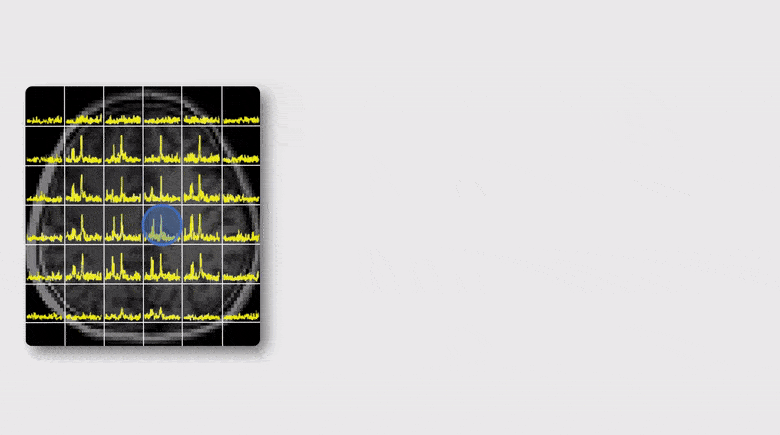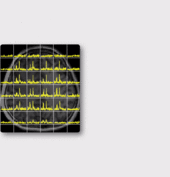
Magnetic resonance spectroscopic imaging (MRSI) has been recognized as a potentially powerful tool for label-free in vivo molecular imaging. Spectral quantification is an essential step in deriving quantitative molecular information from experimental MRSI data. However, obtaining accurate spectral estimates is very challenging due to a couple of practical reasons. First, MRSI data have very low signal-to-noise-ratios (because the molecules of interest have much lower concentrations than water molecules); second, the underlying parameter estimation problem is highly nonlinear. As a result, existing methods often suffer from large estimation errors and/or high computational complexity, limiting their practical utility, especially for high-resolution acquisitions.
In this work, we propose a brand-new approach to quantify MRSI data which allows for effective and efficient use of both spectral and spatial prior information to improve the spectral estimation. The proposed approach is characterized by representing the spectral variations of each molecule as a low-dimensional subspace (instead of a parametric nonlinear function) and the overall spectrum as a union of subspaces. This new representation transforms the original highly nonlinear parameter estimation problem into a linear one and provides a computational framework to incorporate both spectral and spatial constraints effectively. Specifically, we have developed an algorithm to solve the quantification problem in two steps: 1) determination of the subspace for each molecule based on the empirical distributions of the spectral parameters estimated using quantum-mechanical-simulation-derived spectral structures, and 2) joint estimation of the spatial-dependent basis coefficients for the union-of-subspaces model using a least-squares formulation incorporating spatial regularizations. The proposed method has been evaluated using both simulated and experimental data, producing significantly improved spectral estimation results. We believe this new approach would find useful applications in any quantitative metabolic imaging studies using MRSI.

